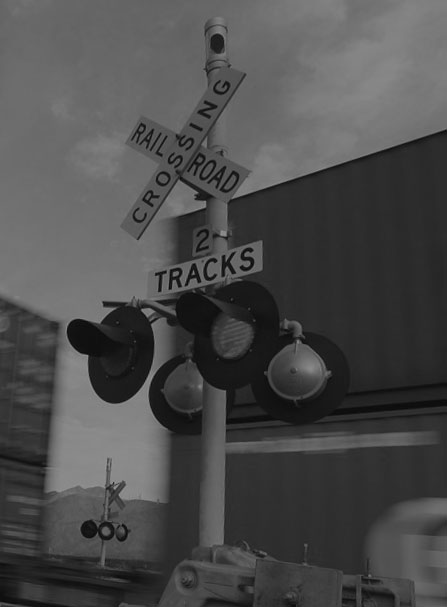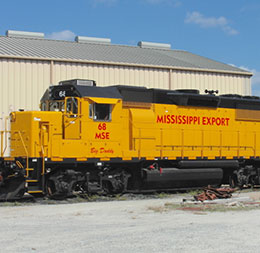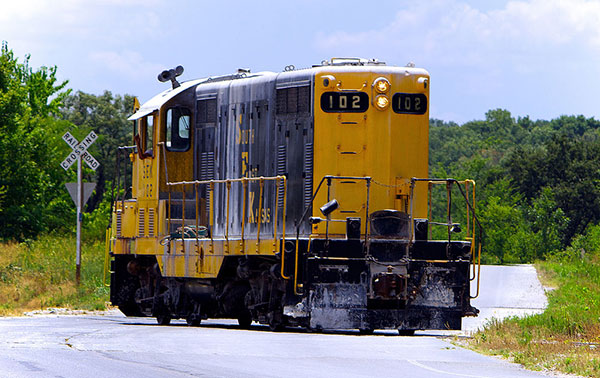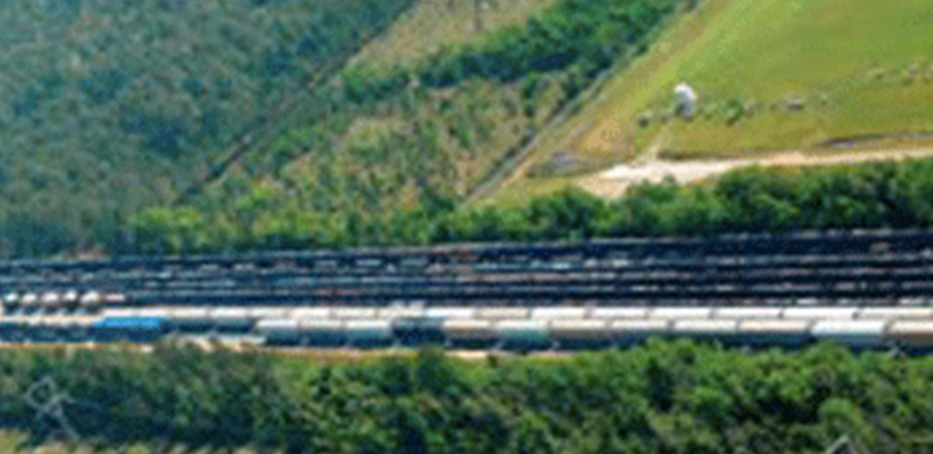-

5 working locomotives
-
up to286
thousand
lbs/car -

railcar, tank car, & locomotive repair

Safe & Economical
Compared to trucking, rail offers a more economically attractive transportation option providing a pricing advantage in getting a customer to market.
Environmentally Friendly
Moving 10% of truck freight to rail would reduce associated greenhouse gas emissions by 17M tons. (AAR)
In 2017, rail accounted for just 2% of transportation-related emissions despite moving roughly one third of U.S. exports and intercity freight volume. (AAR)

Safer, Fuel Efficient Bulk Transport, Rail Infrastructure, Timeliness
Moving by rail lowers road congestion and reduces opportunities for accidents. In 2017, semi-truck accidents accounted for 4,761 deaths (US DOT) as opposed to rail's 271 deaths (FRA).
A typical mile-long train replaces more than 500 trucks. An average railcar's capacity is equal to four trucks. 1.5B gallons of fuel would be saved per year by moving 10% of truck freight to rail. (AAR)
Compared to roadway infrastructure, which is funded by taxpayers, railroads invest approximately $25B/yr on infrastructure to maintain their own infrastructure.
Rail relies on multiple crews to continuously move cars 24 hours a day, 7 days a week, 365 days a year.



